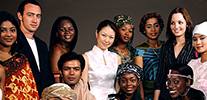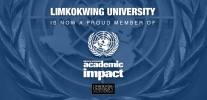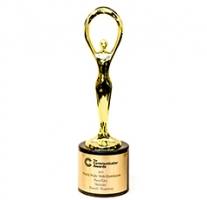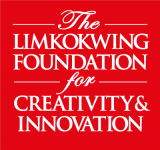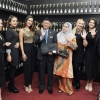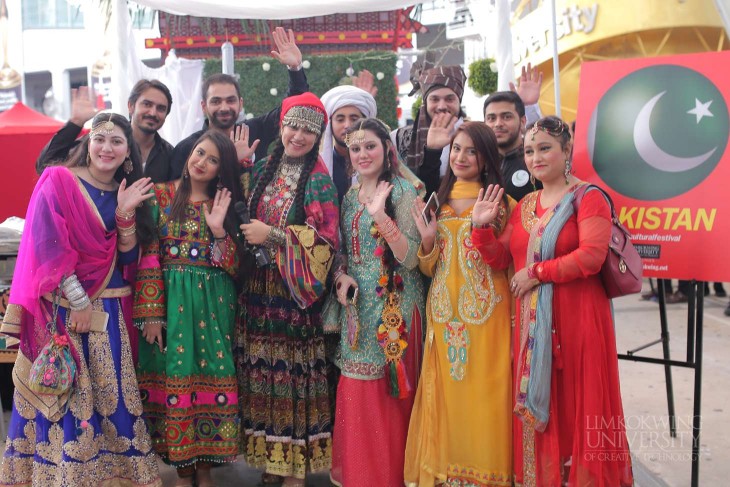
Pakistan was the first region in South Asia to embrace Islam and has developed a distinctive Islamic identity. The culture and society of Pakistan comprises of various ethnic groups within its own borders as well as surrounding regions.
Custom Mix
Pakistani culture is a mix of modern and traditional values with four distinctive periods, namely pre-Islamic, Islamic, Colonial and Post-Colonial.
At the same time, western urban culture has a great influence on Pakistani youth. It is not uncommon to see young people wearing traditional clothing mixed with western dress styles.
Communication Styles
Pakistanis tend to favour a mix of direct and indirect forms of communication. However, when speaking to someone who is older, an indirect communication style is preferred.
While direct eye contact is normal between members of the same gender and age, it is not the same for people of different genders and age.
A direct “No” can be seen as rather offensive. It is best to respond with a “I will try” or “Inshaallah”.
Dress Code
Men and women tend to dress conservatively. In a business environment, men are recommended to wear dark suits and comfortable shoes. Women should avoid tight fitting clothes, short skirts, or sleeveless attire.
However, during hotter seasons, informal dress code is more acceptable.
Taboos
While humour plays an important part in everyday communication, it is best to steer away from sensitive topics likes religion, race and politics. Avoid talking about Islamic religion in an insulting manner. Even a slight criticism and jokes are best to be avoided out of respect.
Ethnicity
The country’s ethnic composition consists of 44.7% Punjabi, 15.4% Pashtun, 14.1% Sindhi, 8.4% Sariaki, 7.6% Muhajirs, 3.6% Balochi and 6.3% others.
Islam is the official religion with 96.4% Muslims of which 85-90% are Sunni Muslims and 10-15% are Shia Muslims. Other religions such as Christianity and Hinduism consisted of 3.6% of the population based on CIA World Factbook 2010 estimates.
This article is part of a series highlighting the unique cultures featured in the recently concluded Limkokwing International Cultural Festival 2017.

